Encompassing past, present, and future, the exhibition creates an Afrofuturistic example of a Seneca Villager’s home, if the Village had not been destroyed to build Central Park, a first step in remediating the harm caused by past erasures and destructions of African American history and culture.
“I wanted to create something that spoke to my Haitianness, ” Jean-Louis says about her breathtaking couture sculpture, Justice of Ezili. Calling on the legacy of Haitian voodoo, Jean-Louis crafted a dress for the loa Ezili Dantor. Jean-Louis says Loa are spirits who “help people to connect or to communicate with the Almighty God.” A fierce protector, Ezili Dantor is associated with motherhood, justice, and vengeance. “This dress really was a call to arms,” Jean-Louis says. Embodying Ezili’s spirit, “It’s a dress of war or armor. I was imagining what a queen, a Black woman, might wear if she was going into war.”




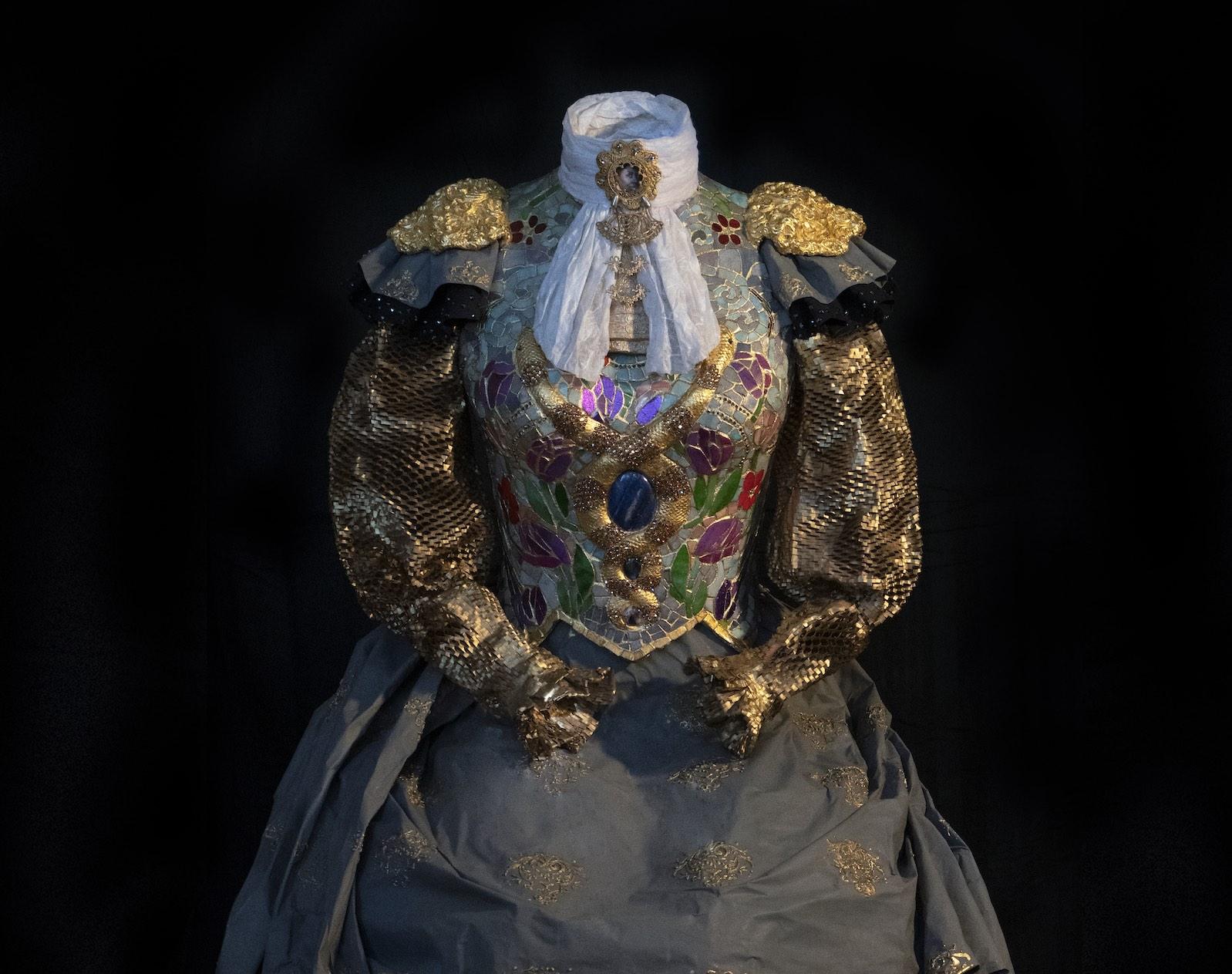
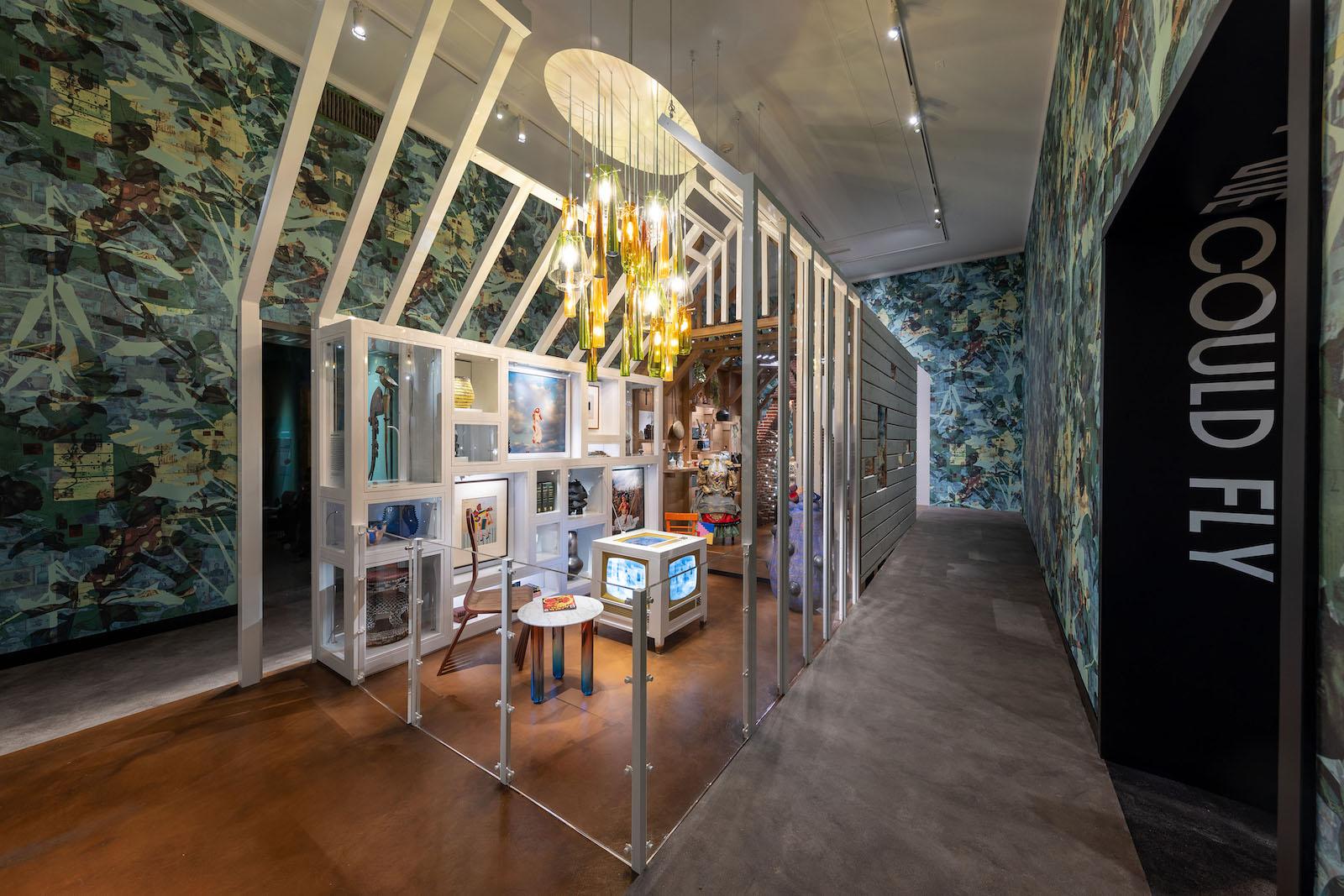
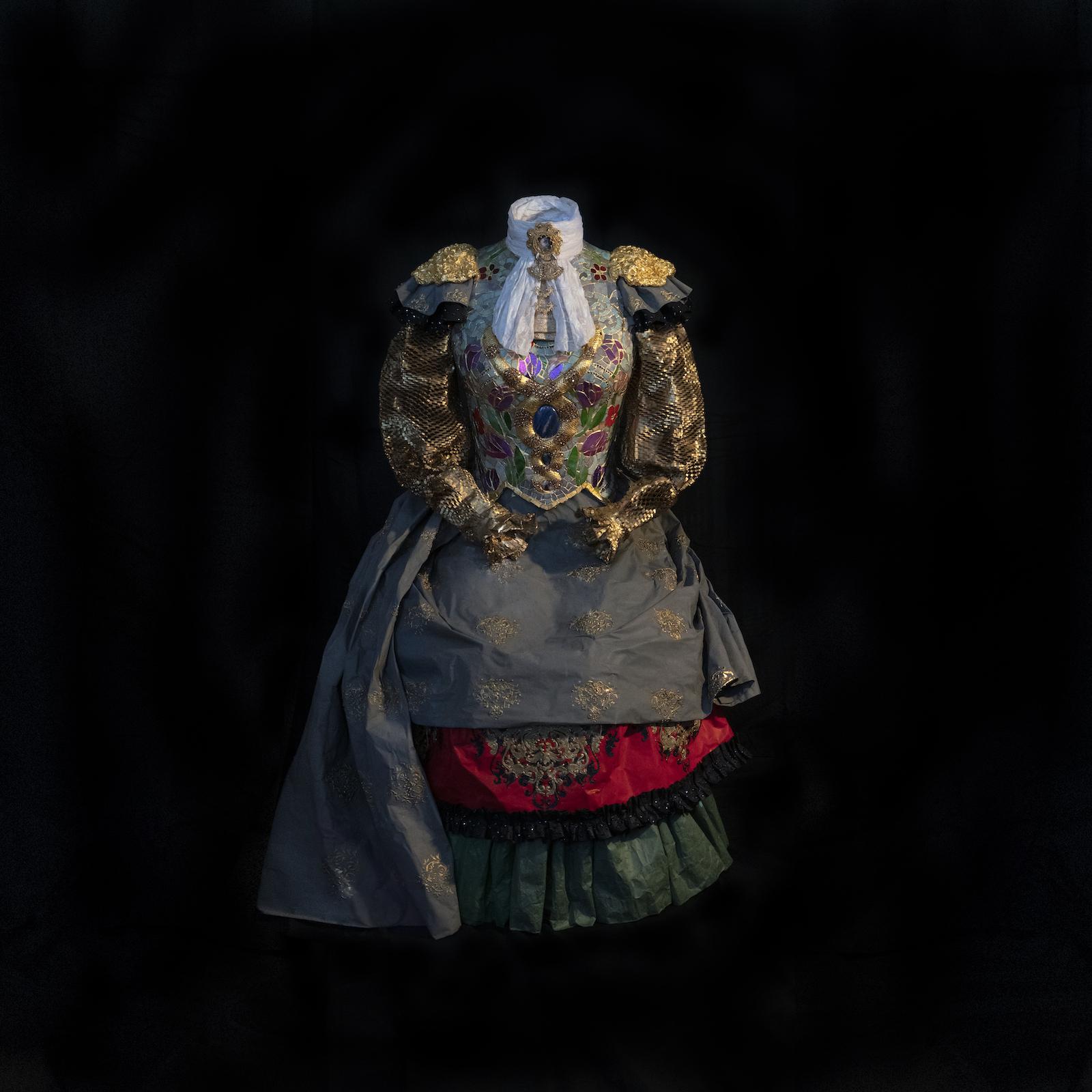
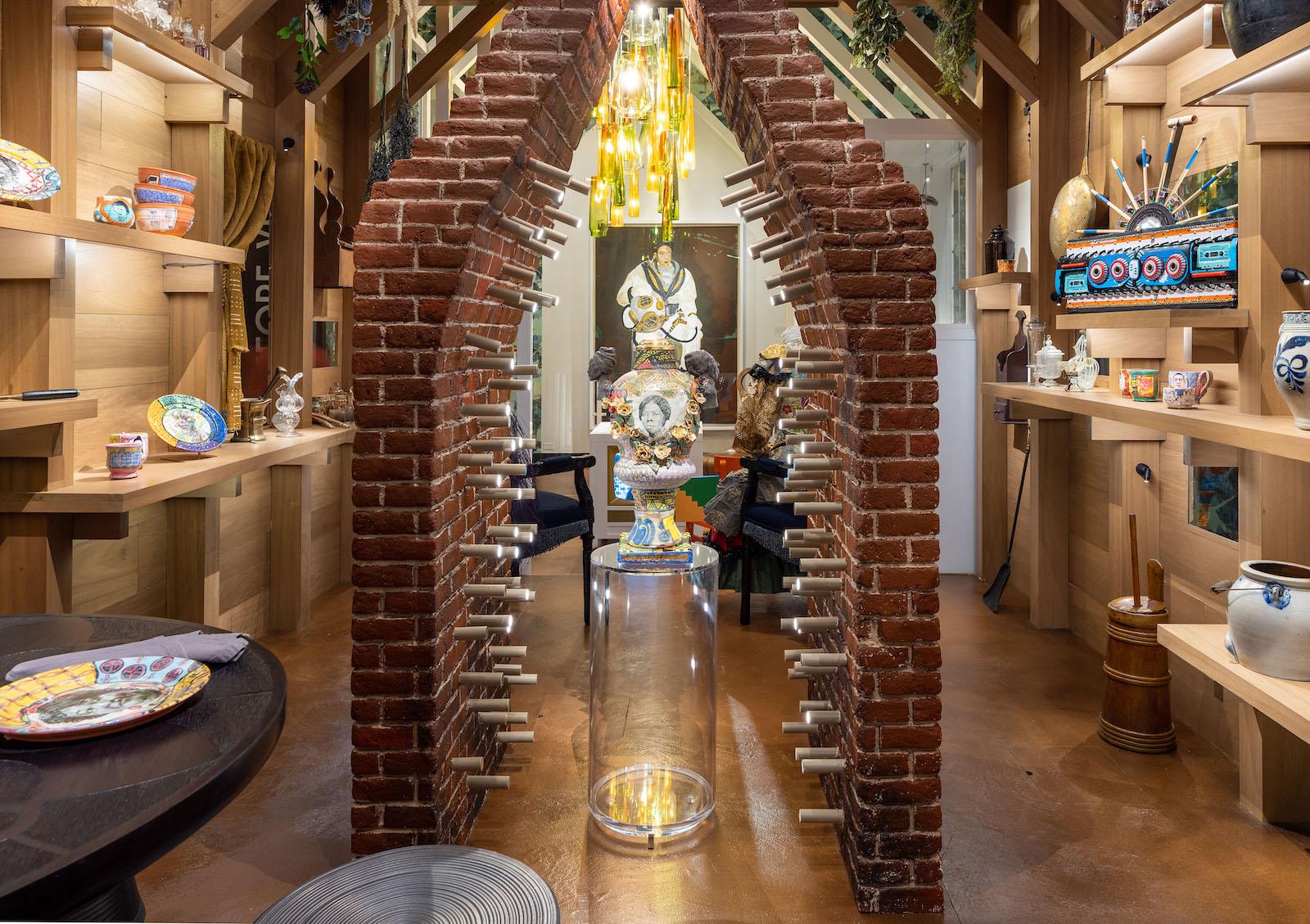
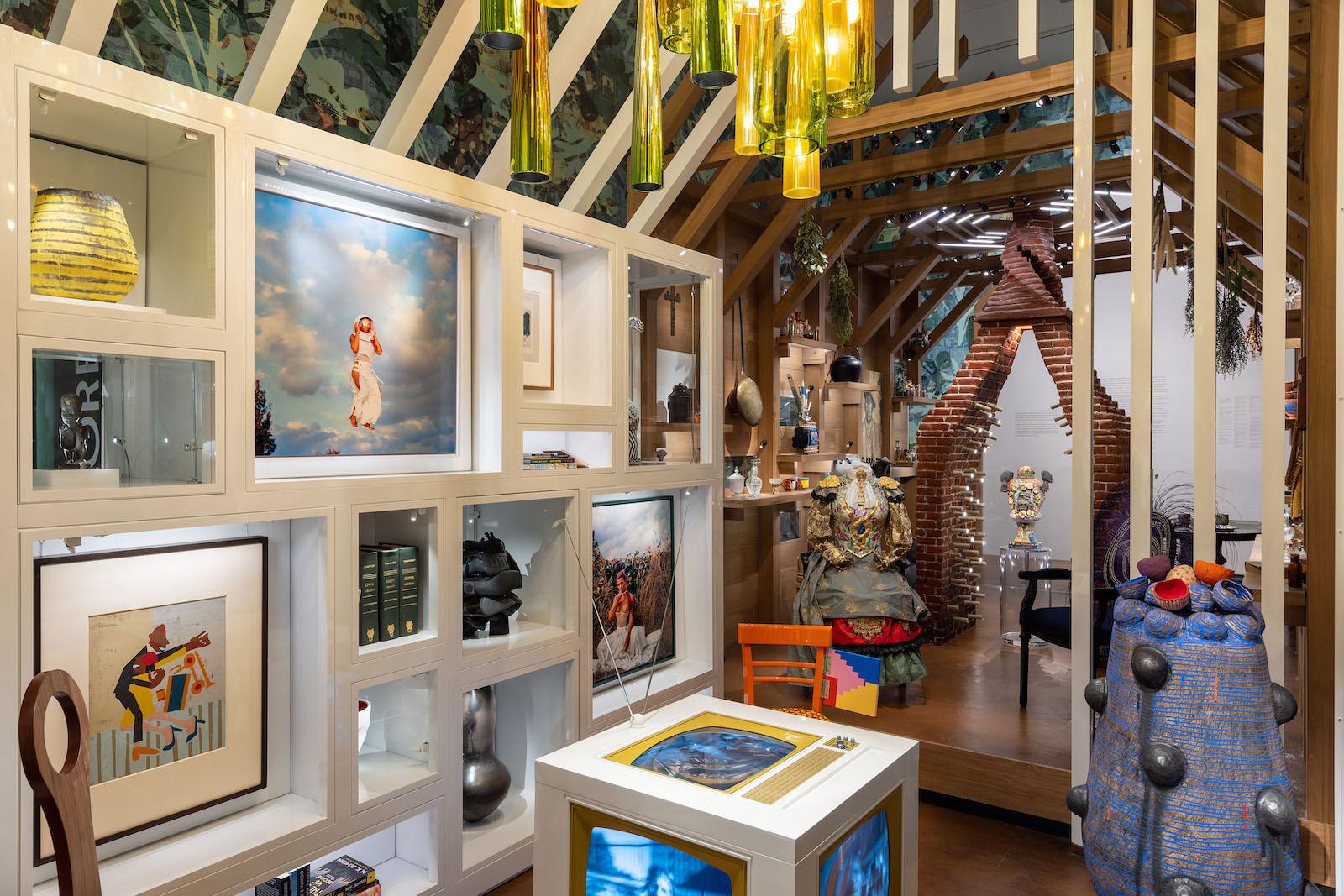


















![DEl Kathryn Barton [Australian b. 1972] the more than human love , 2025 Acrylic on French linen 78 3/4 x 137 3/4 inches 200 x 350 cm Framed dimensions: 79 7/8 x 139 inches 203 x 353 cm](/sites/default/files/styles/image_5_column/public/ab15211bartonthe-more-human-lovelg.jpg?itok=wW_Qrve3)



